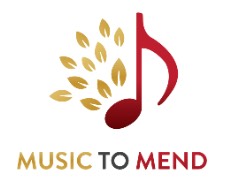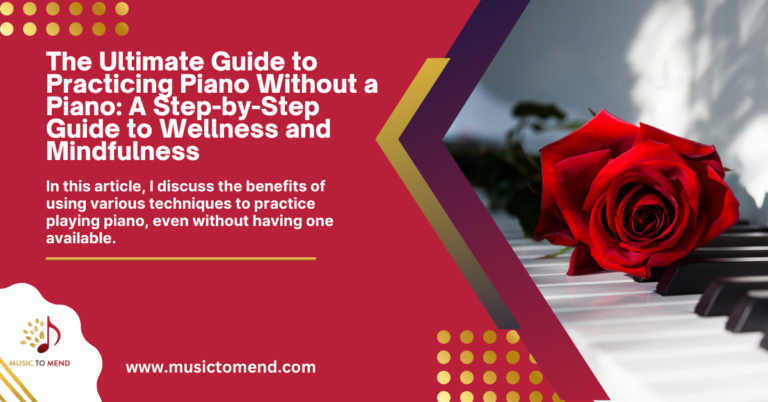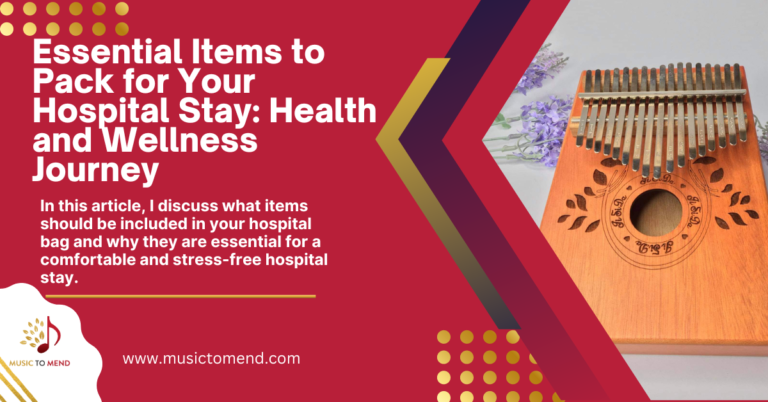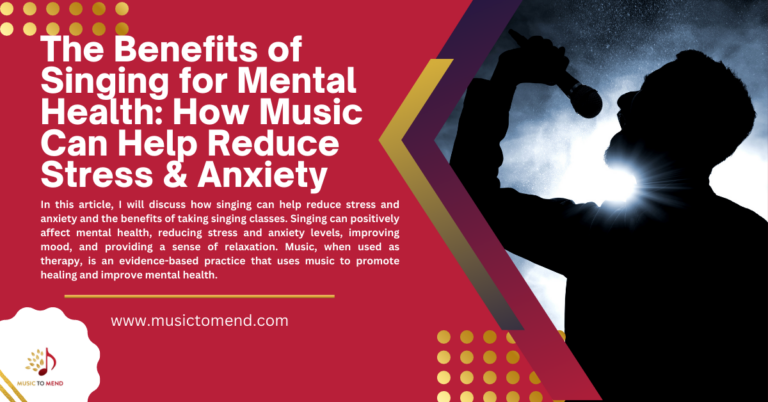The Top 7 Piano Myths Busted!
As someone who lives with the challenges of an autoimmune disease, I know how difficult it can be to get out of bed some days. But one thing I never stopped doing was playing the piano. Music has always been a huge part of my life, playing piano and singing for as long as I can remember.
In today’s blog post, I’ll be sharing 7 Piano myths that we must bust and unleash the facts. Read on to learn about these myths in learning to play the piano and make sure you don’t fall into the trap of believing them. Having an autoimmune disease brings unwanted trauma and pain, but learning to play the piano is one of facing those challenges by using music to help you live your best life!
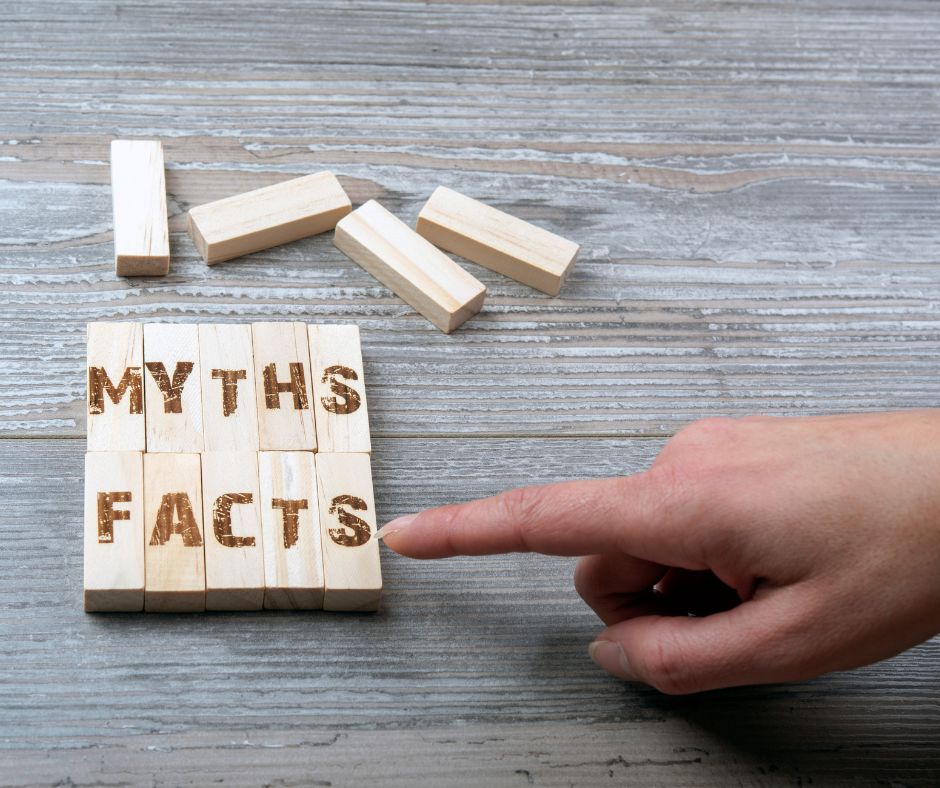
Myth #1
You can’t play the piano because you’ve got rheumatoid arthritis
If you believe your creaky joints will get worse by playing the piano, then you believed myth #1. On the contrary, according to Beverly Merz, Executive Editor, Harvard Women’s Health Watch, Harvard Women’s Health Watch, she describes the relief one can get from music. She goes on the say how music therapy decreases pain perception, reduces the amount of pain medication needed, helps relieve depression, and gives people a sense of better control over their pain.
If you’re an RA sufferer like me, playing the piano will strengthen your joints, improve muscle movement and help distract you from the constant pain. Playing the piano won’t make your arthritis worse, as most people have thought to believe.
Myth #2
You have to learn to read difficult music pieces like a classically trained pianist
The most important difference between playing piano by ear and playing it with sheet music is that there is no real difference in skill level. Any player can learn to play piano through rote memorization and any player can also learn to read sheet music and play piano that way. A pianist who can play piano by ear can easily adapt music to another key, for example. Reading music allows the pianist to play difficult classical pieces with precision and accuracy. According to Yoke Wong, Playing by ear is the ability to hear a piece of music and play it without looking at sheet music. Reading music, of course, is the ability to “read” musical notes, rhythm, and dynamics on sheet music, and play a piece accurately. These abilities may seem incongruent, but they actually require some of the same skills. Both have potential benefits for the pianist, and both should be cultivated. Click here to read more about PianoMother.com.
Myth #3
I’m too old to learn how to play the piano
Learning to play the piano as an adult can be intimidating. Many people limit themselves because they think they are too old or that it’s too late to start something new. The good news is, it’s never too late to start. It takes time to get used to playing a new instrument. Have patience with yourself if you can’t master a song as fast as you would like to. Keep trying and don’t give up. Start with songs that are at your current level and gradually challenge yourself to play harder songs as you progress. Know your limits, and pick songs that are at your level or slightly above your level. Don’t try to play a song that is too advanced. Don’t rush yourself—set a pace that you can maintain and that fits with your goals.
Myth #4
My baby is too young to learn to play the piano
Children are at the preoperational stage between 2-7 years old. This is the time cognitive, language, and motor functions make strong developmental leaps. Learning to play the piano can help them at this time. There is an advantage in having a piano in your home when your child is still very young. I know that many homes don’t have the space or the budget for an acoustic piano so I often recommend buying a digital piano. These days they sound and feel just like an acoustic piano and they come in a wide range of sizes and prices. Digital pianos also have headphones which can be a blessing in an apartment!
Myth #5
I can’t play the piano because I’m afraid I’ll mistakes
Playing by ear is a useful tool for playing a popular song or accompanying someone in a casual sing-along, but this skill alone does not make a complete music education. Even accomplished pianists can rarely play advanced pieces by ear. In my lessons, I teach students that they can learn to play their favorite songs simply by listening to the tune. It’s a lot easier than most people think. When playing piano by ear, there are no mistakes. All the notes of the piano are beautiful and even sound better when improvisation is used. I’ll teach you all those skills in my lessons. To help you get started, Piano by Chords is a great starting point. Disclosure: Some of the links in this article may be affiliate links, which can provide compensation to me at no cost to you if you decide to purchase a paid plan. These are products I’ve personally used and stand behind.
Myth #6
I’ll never be able to play the piano with both hands, it’s too hard!
By keeping your basic skills polished, you’re setting yourself up for success. Any exercise that helps you master the piano also helps you maintain quality.
Practice each hand separately to memorize your hand movements and to focus on working with different nuances. And just like any art form, there is always room for improvement in the continuous cycle of learning.
Don’t neglect to practice each hand separately.
Myth #7
I don’t have enough room for a piano
Many of us live in small homes with minimal footprints. But as cozy as they are, they can begin to feel cramped and oppressive. A large piece of furniture can overwhelm the space — sometimes it won’t even fit through the doorway. I used to have a beautiful Baby Grand Piano; but in a move to Germany, the movers actually dropped her, and unfortunately was unrepairable. Since then, I’ve focused on keyboards that have a stand for now.
In a previous post, I talk about several small keyboard options that are sure to fit any size room. I currently have Williams Allegro III and a Yamaha CP300 in my piano studio. There are even small keyboards you can put on a tabletop if space is too tight. https://223ae5w-ukpmrfpao5zbljedvv.hop.clickbank.net
Seek inspiration from homeowners who have managed to create space for their favorite instrument. Gain ideas from their ingenious placement and color choices — perhaps you’ll find room for a beautiful piano in your home after all. For more inspiration, click here to read more Houzz.com.
So, can you play the piano if you have arthritis? In most cases, absolutely! However, every person and experience is different. There is no harm in trying, and if it works out for you, it can be a great way to exercise your joints. I hope you enjoyed reading about ways to debunk those old myths. You’re never too young, or old to start playing the piano. If you desire to learn to play your favorite tunes in weeks instead of years, let me know. I’m here to help! But before diving head-first into piano lessons, make sure you talk to your doctor to ensure he/she thinks it’s beneficial to you and won’t cause unwanted consequences.
